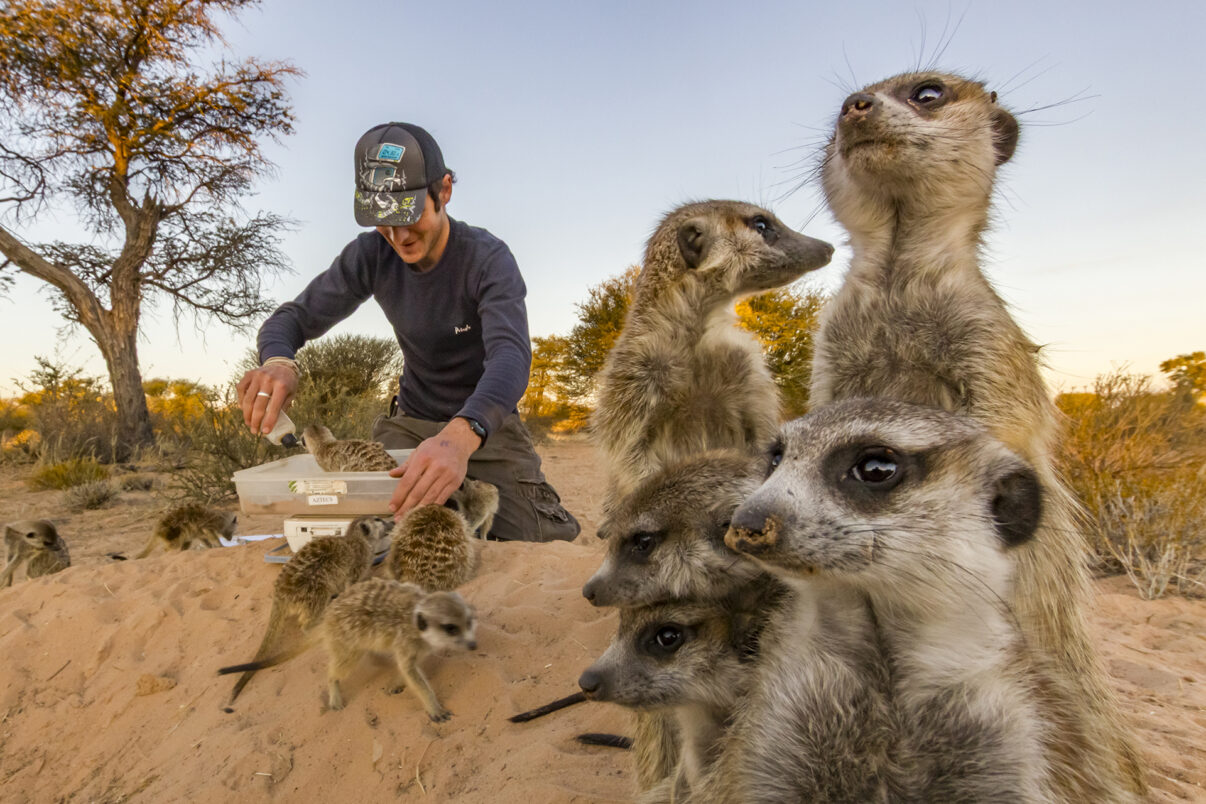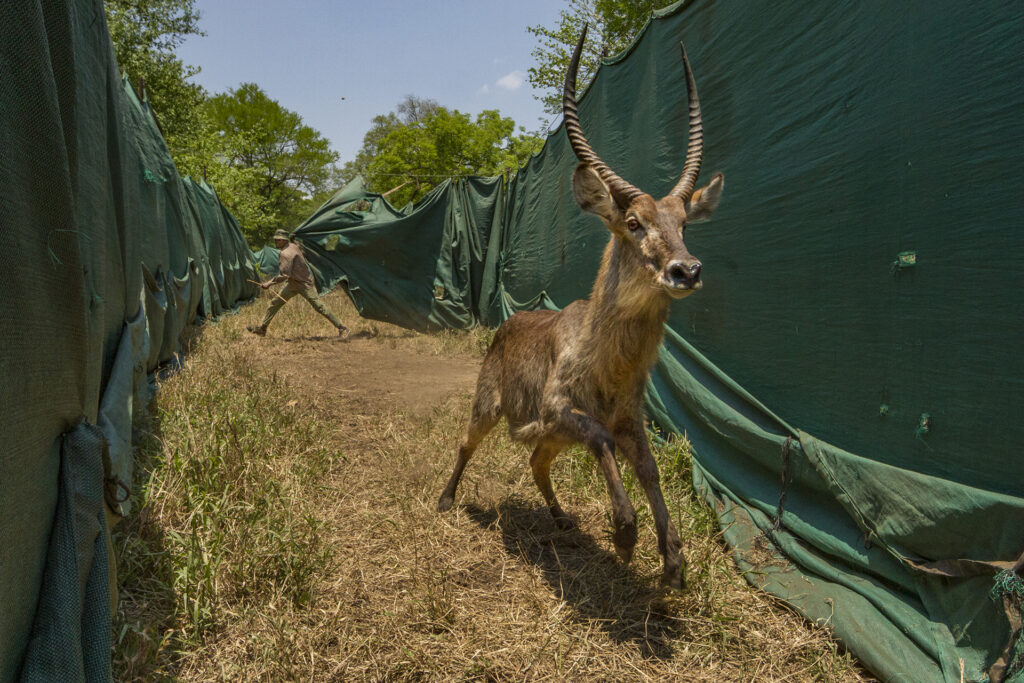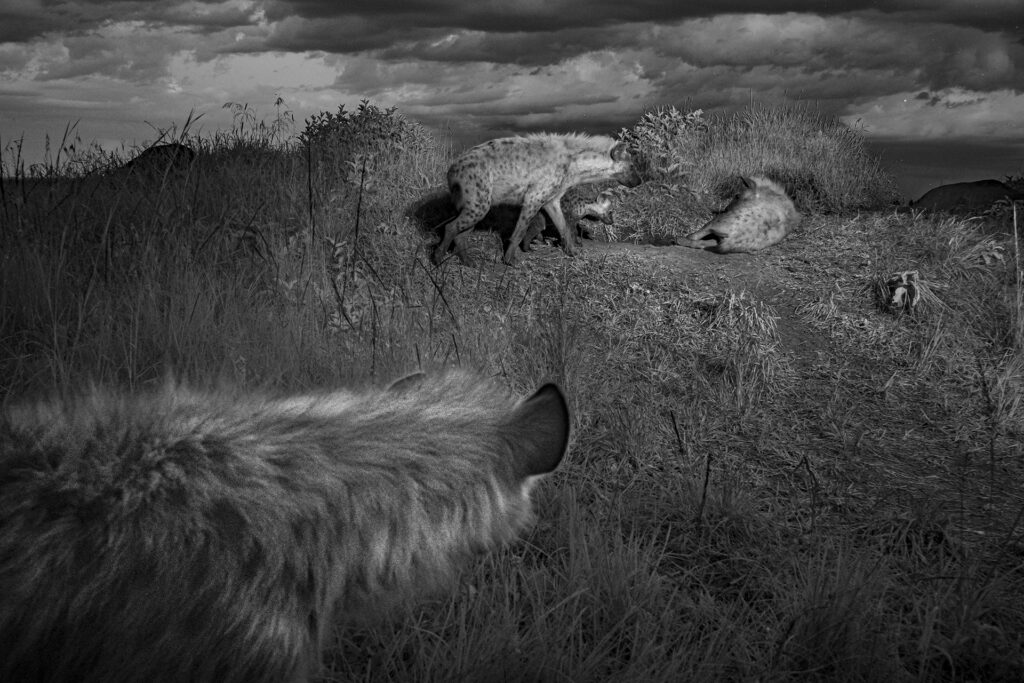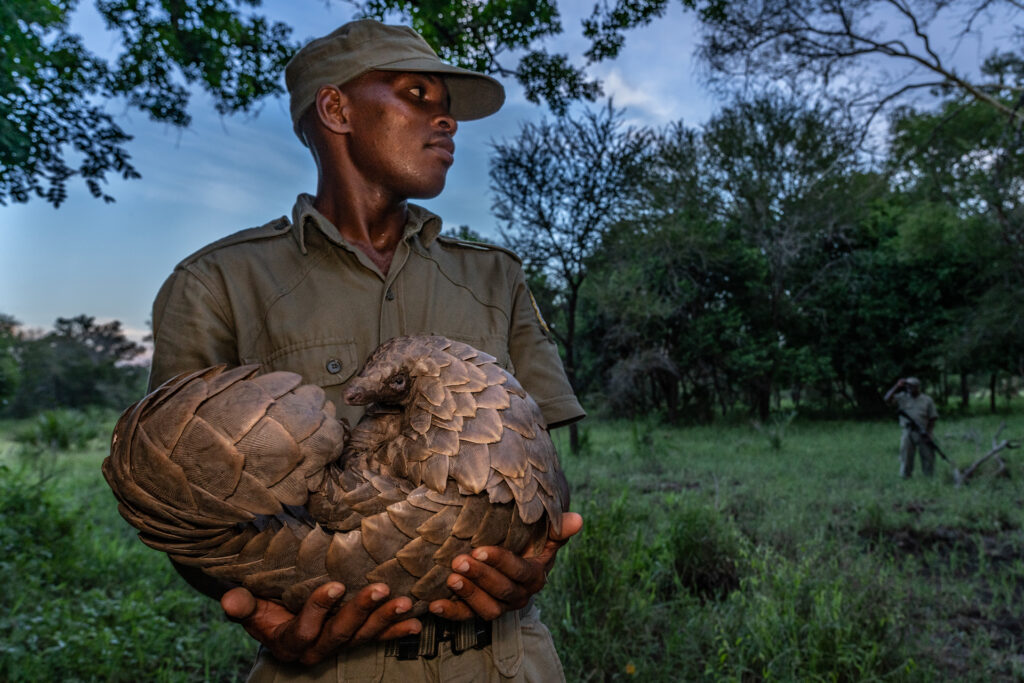Photographers thinking of entering images for this year’s Rewilding Europe Award still have time before the March 1 deadline. For inspiration and guidance, we talk to celebrated conservation photographer Jen Guyton, who will co-judge this year’s entries.

As part of the annual European Wildlife Photographer of the Year competition, which was launched in 2001 by the German Society for Nature Photography, the Rewilding Europe Award celebrates some of the best rewilding-related imagery from across Europe. The deadline for submissions this year is March 1.
In 2025, the Rewilding Europe Award will be judged by ecologist and multi-award-winning photographer Jen Guyton, as well as Peter Cairns, the founder and Head of Rewilding at Scottish Rewilding charity SCOTLAND: The Big Picture. Currently based in the city of Charleston in the US state of South Carolina, Jen is a contributor to National Geographic magazine, a National Geographic Explorer, and a fellow with the International League of Conservation Photographers. She has spent much of her career in Africa, using her camera to tell inspiring stories, with a particular focus on Mozambique’s Gorongosa National Park.
Following our interview with Peter Cairns, we caught up with Jen to find out more about her background, her thoughts on rewilding and conservation photography, and what she’ll be looking for in this year’s Rewilding Europe Award submissions.

What did it mean to see your photograph on the front of the world’s most famous magazine?
Seeing my photograph on the cover of National Geographic was surreal. I’ve literally been dreaming about it since I was a kid. It was also the first time that hyenas have been on the cover of the magazine in its 137-year history. It was such a special moment because hyenas are so misunderstood and maligned. To be able to showcase them in a way that highlights their softer side – including their matriarchal society, their intelligence, and their importance in nature – was a huge honour. It also reinforced why I do this work: photography has the power to change the way we see the world. To really protect nature we have to love and embrace all of it – not just the cuddly charismatic creatures, but also the complicated ones, like hyenas.

You’re an academic and a photographer. Why is it important to bridge the gap between science and art?
I think science and art are two sides of the same coin. Science gives us knowledge, but art helps people connect with that knowledge emotionally. You can publish all the research papers in the world, but if people don’t feel something, they’re less likely to act on it. Photography is a way to translate complex scientific ideas into something people can see, feel, and relate to, in a way that even transcends language barriers. It makes conservation personal.

How does the wildlife in Europe compare to other continents where you’ve travelled? Are you optimistic that rewilding can enhance European wildlife populations?
The wildlife found in Europe is very different from Africa or South America, but there are some incredible species – lynx, wolves, bison – that are making a comeback thanks to rewilding efforts. What’s exciting about Europe is that despite its long history of human development, nature across the continent is proving it can bounce back when given the chance. Rewilding isn’t just about bringing back lost species; it’s about restoring ecosystems, letting rivers flow freely again, and giving wildlife space and freedom to move. I absolutely believe it can make a difference.
You’ve spent a large part of your career in Africa. Can you tell us about your most memorable African wildlife encounter?
Spending nights on the savannah photographing hyenas in infrared was both exhilarating and surreal. In the pitch-black darkness, the infrared camera revealed a hidden world – hyenas moving like ghosts through the landscape, interacting, playing, and sometimes clashing in ways that are nearly invisible to the naked eye. One of the most unforgettable moments was hearing a hyena whoop at close range – it’s this deep, haunting sound that cuts through the night and travels for miles, and I’d never heard it that close before. Feeling that sound resonate in my chest, in the middle of the wild, was a powerful reminder of just how alive the night is. Hyenas are so much more than their reputation suggests and capturing their secret lives in a new light was an incredible privilege.

You’ve said that you have a passion for “telling stories at the junction of global environmental change and human culture”. What does that mean and why is it important?
To me, conservation isn’t just about animals or landscapes- it’s about people, too. The way we interact with nature shapes our cultures, our economies, even our identities. On the flip side, human actions can have a deeply negative impact on the natural world – whether that be through climate change, deforestation, or pollution. I want to tell stories that highlight those connections. If we can see how intertwined we are with nature, maybe we’ll take better care of it.

Do you think photography can be a force for good?
Absolutely. Photography has the power to change hearts and minds. A great example is when I documented the aftermath of Cyclone Idai in Mozambique. Seeing the devastation first-hand was heartbreaking, but sharing those images helped bring attention to the disaster and mobilise aid. A single photo can spark empathy, action, and even policy change. That’s why I believe visual storytelling is such a powerful tool in conservation.
What are you looking for in Rewilding Europe Award entries?
I’m looking for photographs that go beyond aesthetics – images that evoke emotion and tell a compelling story. Rewilding is about transformation and hope, so I’m really looking forward to seeing images that capture that in one way or another – whether it’s a beaver reshaping a wetland, bison returning to a landscape, or a moment that shows the deep connection between people and nature. Emotion, originality, and strong storytelling will help photographs rise above the competition.

What are you working on now?
I’m exploring ideas for my next big project and taking some time for a creative recharge. In the meantime, I’m working as a director for the Naturaland Trust, which is a land trust based in South Carolina. I’m helping to launch a conservation programme focused on Carolina bays – unique and ecologically important wetlands that urgently need protection.
